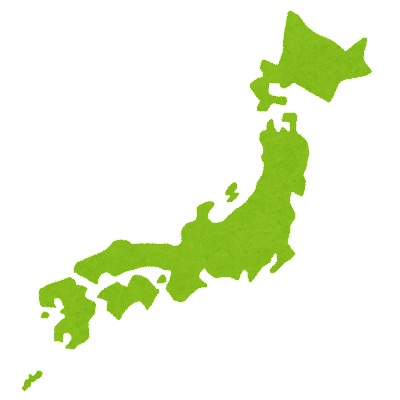Hello! It is a blog: How Unique Japan! We always share Japanese uniqueness through this page!
On the page (What is the Edo era), we tried to explain the time with features of the Edo city. At the same time, we touched on the founder, Ieyasu Tokugawa.
(If you haven’t read it yet, please click that!)
This time, we would like to discuss the laws established during the Edo era in Japan, which lasted from 1603 to 1868 AD, a period of 260 years.
How did he and his family line successfully take the lead in the country?
The Laws to Control the Edo era
After governing Japan in peace, he established an era and created laws.
Let’s see some important ones.
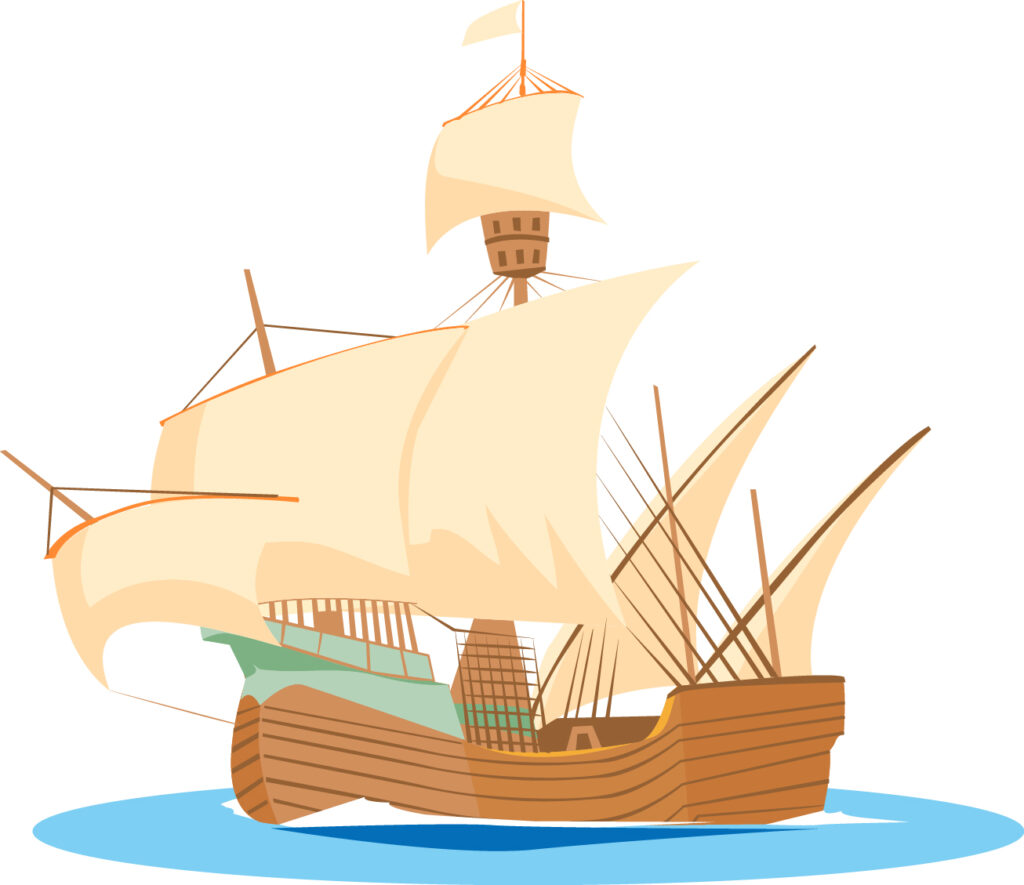
1. Forbidden Importing / Exporting (Isolation)
The Edo City (Ieyasu) banned trading with a unique law named Sakoku (locking up the country). It gradually became established.
In 1616 AD, they allowed ships from any European country to dock in Nagasaki port.
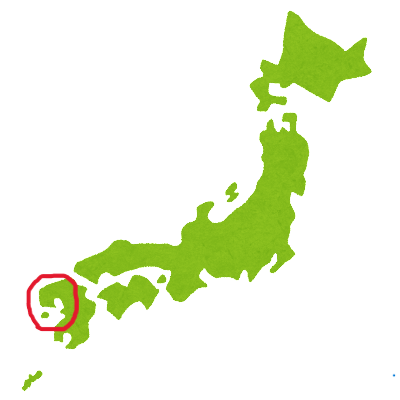
In 1633, traveling overseas became forbidden unless accompanied by an official permission certificate. Then, around 1665, traveling and trading were strictly banned except in the Netherlands and China (Never be for traveling).
2. Hierarchy Control structure, BAKUHU, and HAN
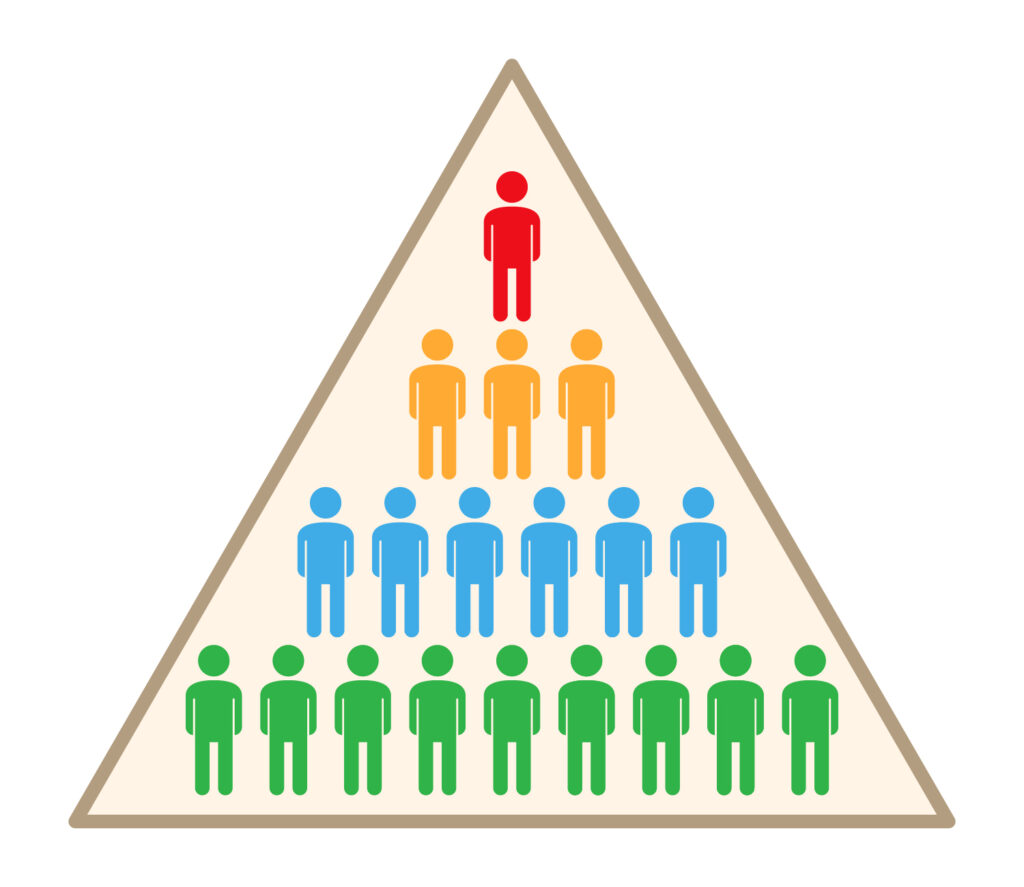
He established the top organization controlling the country, like the government (but more hierarchical or monarchic), called Bakuhu.
Then, he took a seat as the boss himself. It was named the Edo Shogunate system. Under his order, the prefectures “Han” were named and settled.
Although there are 48 prefectures in Japan now, Japan at that time had 266 Han. Ieyasu then placed other generals as rulers in each Han and controlled them.
3. Exchange the position (Sankin koutai)
Ieyasu put other generals as rulers. However, he was still worried about any rebellion from them.
So, he/the Bakuhu, wanted to take Hans’ power by any means.
Thus, his grandson, Iemitsu Tokugawa, inherited his anxiety and enacted a law in 1635 requiring all generals to send many workers to Edo City for crucial duties, such as the police force, courts, and even prisons.
It was Sankin Koutai (Exchange workers’ position).
The duty lasted till the Edo era ended. Every April, all positions are exchanged. That means new workers from each Han went to the city, and previous workers returned.
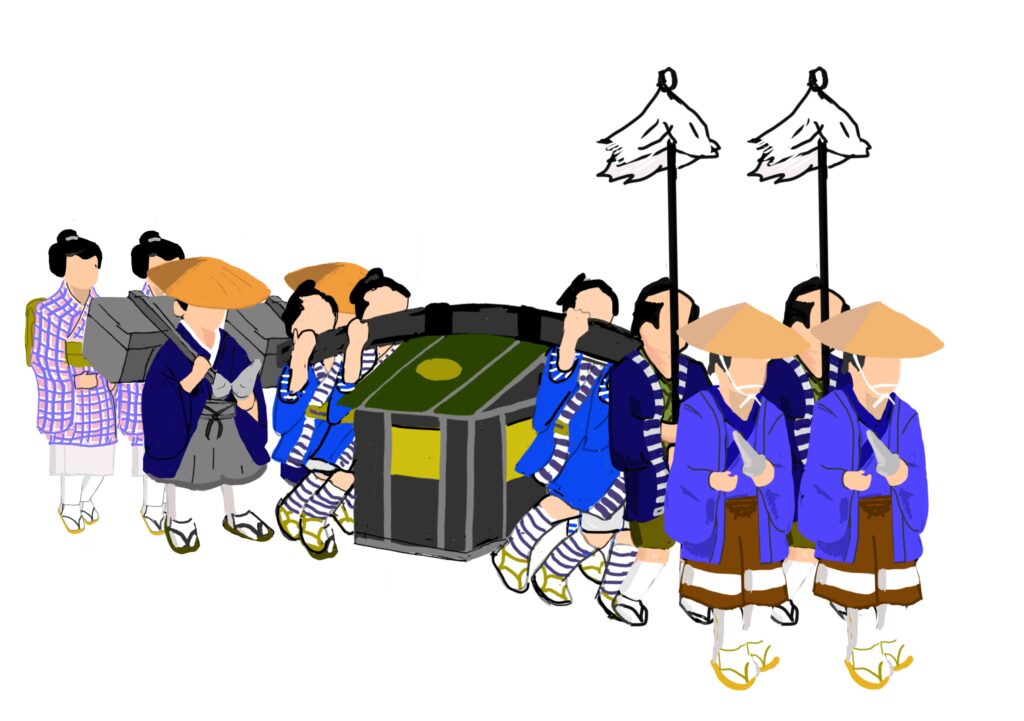
That idea worked very well. Bakuhu could adjust the power of each prefecture Han due to travel costs, and they were also able to spy on them.
4. Tax system
The unique tax in Japan has existed since 652 AD. However, Ieyasu systematized it more effectively.
The key was rice. During that era, nearly all agricultural workers paid a tax based on the amount of rice stored in straw barrels.
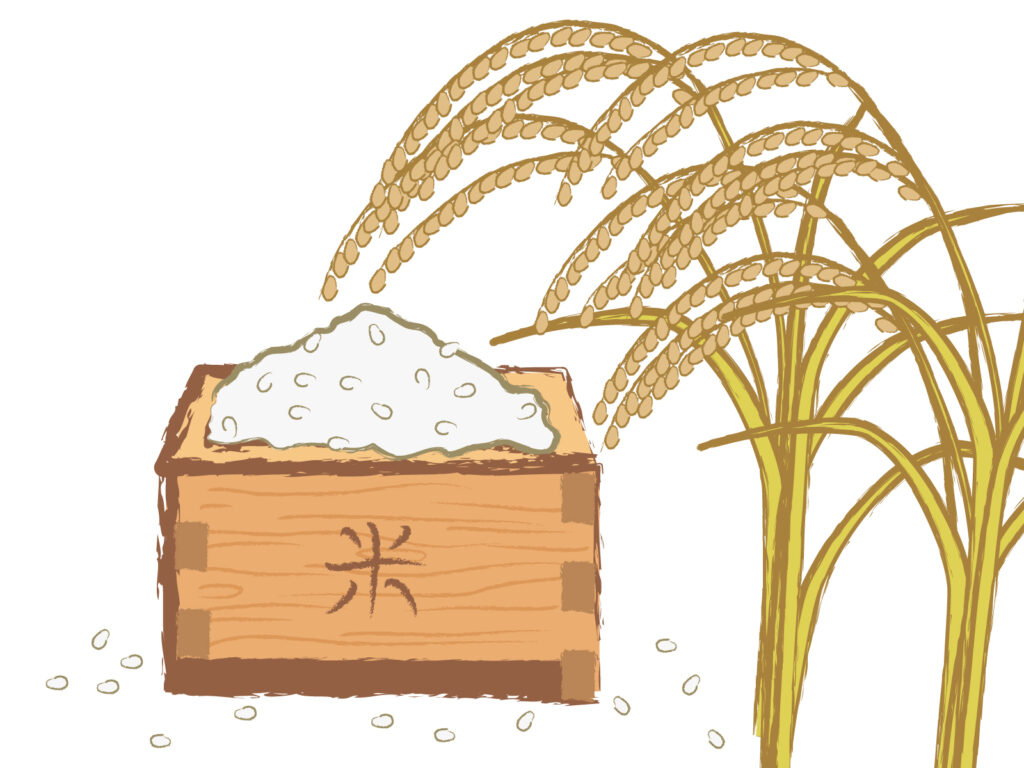
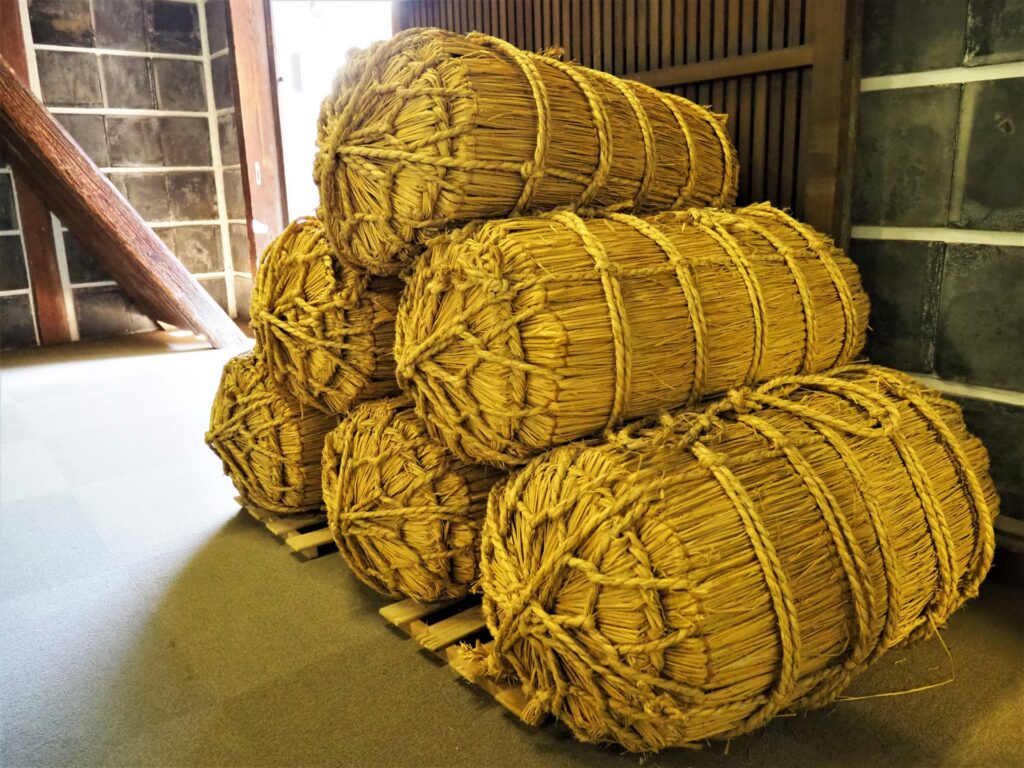
The official workers measured the size of rice fields in each Han, then estimated how much rice the worker would harvest.
The percentage was 60% for Bakuhu (tax). The remaining 40% were for villages. It looked a little unfair. However, it was also an effective way to preserve revolts because the official workers controlled the food.
Fun fact. The rice wholesalers exchanged the rice (tax) for the money. That means they had great power in Japanese economics (even now).
To close

These are a few examples of the lows in the Edo era. So, the old Japanese still had more unique ones for society running.
If you are interested in more articles about the era, please click this page: What is the Edo era?
It is not yet. We have another category about Japanese features. They are about the Japanese lifestyle, food, and religions.
Oh. Please don’t forget the front page of this blog if you want to see it!
Thank you so much for reading this article!
SEE YOU FOR THE NEXT!
